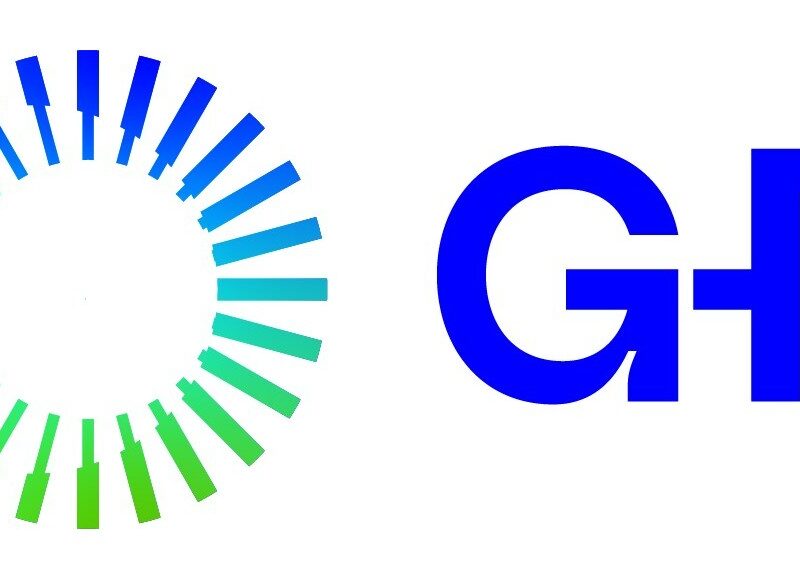Introduction

The Internet of Things (IoT) has revolutionized the way we interact with our homes, offering a seamless blend of convenience, security, and efficiency. With numerous IoT home automation systems available, choosing the right one can be daunting. In this blog post, we will compare some of the top IoT home automation systems, highlighting their features, benefits, and potential drawbacks to help you make an informed decision.
- Google Nest
Google Nest has become a household name in IoT home automation. Known for its smart thermostats, Nest offers a range of products including security cameras, smoke detectors, and smart doorbells. One of its standout features is the integration with Google Assistant, allowing users to control devices via voice commands. Nest’s user-friendly interface and seamless integration with other Google services make it a top choice for those already invested in the Google ecosystem.
Pros:
- Easy integration with Google Assistant
- Wide range of compatible devices
- Strong focus on energy efficiency
Cons:
- Limited compatibility with third-party devices
- Higher upfront cost
- Amazon Alexa
Amazon Alexa, another leader in the IoT space, offers a robust home automation system through its Echo devices. Alexa can control a wide variety of smart home devices from different brands, making it highly versatile. The Alexa app allows for easy setup and management of devices, routines, and skills, enhancing the overall smart home experience.
Pros:
- Extensive third-party device compatibility
- Affordable entry-level options
- Regular updates and new features
Cons:
- Privacy concerns regarding voice data
- Some devices may require specific skills for compatibility
- Apple HomeKit
Apple HomeKit is an IoT home automation system designed for Apple users. Known for its strong focus on privacy and security, HomeKit offers a seamless integration with Siri, allowing for voice control of connected devices. With the Home app, users can easily set up and manage their smart home environment.
Pros:
- Excellent privacy and security features
- Seamless integration with iOS devices
- Intuitive user interface
Cons:
- Limited compatibility with non-Apple devices
- Higher cost for compatible devices
- Samsung SmartThings
Samsung SmartThings offers a flexible and comprehensive IoT home automation system. Compatible with a wide range of devices, SmartThings provides a central hub that connects all your smart devices, allowing for smooth automation and control. The SmartThings app offers advanced customization options for routines and scenes.
Pros:
- Wide device compatibility
- Strong community support
- Versatile automation options
Cons:
- Initial setup can be complex
- Occasional connectivity issues
Conclusion
Choosing the best IoT home automation system depends on your specific needs, existing ecosystem, and budget. Google Nest is ideal for those embedded in the Google ecosystem, while Amazon Alexa offers extensive compatibility at an affordable price. Apple HomeKit prioritizes privacy and seamless integration for Apple users, and Samsung SmartThings provides flexibility and a robust support network. Evaluate your priorities and consider future scalability to select the system that best suits your lifestyle.

